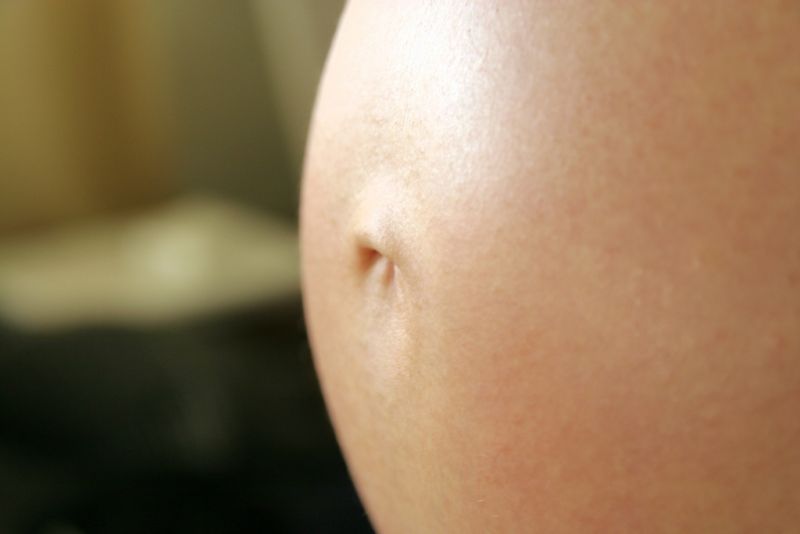
Image by egg on stilts, <a href="http://www.flickr.com/photos/eggonstilts/109899765/sizes/m/in/photostream/">via Flickr</a>.
Children are still coming into contact with a carcinogenic chemical eliminated from pajamas 30 years ago—through mattresses, high chairs, and car seats, among other baby products still on the market today. Eighty percent of the products tested contained flame-retardant chemicals, according to research published today in Environmental Science & Technology, meaning that wee ones are still surrounded by substances long ago deemed too dangerous.
The researchers tested 101 baby products and found that the vast majority “contained a known and identifiable flame retardant.” Many of them contained chemicals that have been flagged as carcinogens. The products they tested included changing table pads, infant sleep positioners, portable crib mattresses, nursery rocking chairs, baby walkers, baby carriers, and children’s bathroom items.
Thirty-six percent of the samples contained the chemical TDCPP, also known as chlorinated Tris, which was the substance removed from pajamas due to concerns about cancer back in the 1970s. Both the EPA and the Consumer Product Safety Commission have flagged the chemical. Five of the samples showed evidence that they contained PentaBDE, a substance so toxic that 172 countries and 12 states have banned it. Fifteen products contained TCEP, another flame retardant cited for cancer risks. Some of the chemicals have also been cited as causing tumors, reproductive problems, and hormone disruption.
The consumer advocacy group Safer Chemicals, Healthy Families points to the report as the latest evidence that our federal chemical policy needs to be overhauled; while hazardous, these chemicals aren’t regulated under the 1976 Toxic Substances Control Act that governs our federal policy. Companies that manufacture these products don’t even have to disclose that they’re using them. Many times, the companies that actually sell the products may not even know. As the study’s authors write, “Many of the chemical ingredients in flame retardant mixtures are proprietary and are not disclosed by the chemical manufacturers, even to manufacturers using these chemicals in their final end products (e.g., furniture).”












